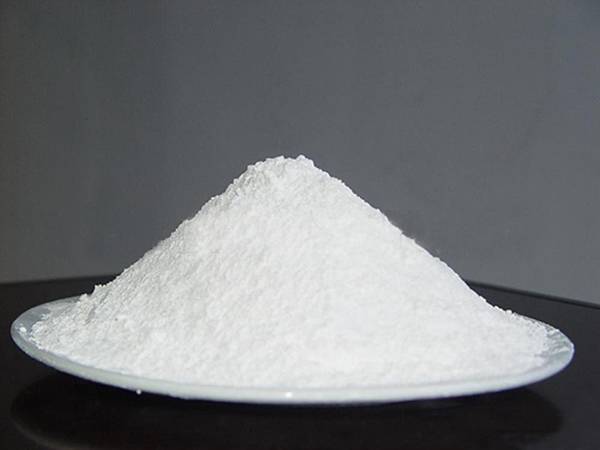



Exploring the Properties and Uses of Potassium Nitrate in Various Applications
The Chemistry and Applications of Potassium Nitrate (KNO3)
Potassium nitrate, commonly known as KNO3, is a chemical compound that plays a significant role in various fields, ranging from agriculture to food preservation and even pyrotechnics. Its simple structure is composed of one potassium ion (K⁺), one nitrate ion (NO3⁻), and is often referred to as saltpeter. This article will explore the chemistry, applications, and implications of KNO3 in various industries.
Chemical Properties
KNO3 is an inorganic salt, presenting as white crystalline granules or powder. It is highly soluble in water and has a melting point of approximately 334 °C. One of the key characteristics of potassium nitrate is its ability to act as an oxidizing agent, which makes it useful in combustion reactions. When heated, it decomposes to release oxygen, facilitating the burning of other materials. The chemical formula for its decomposition can be simplified as follows
\[ 2 KNO3 (s) \rightarrow 2 KNO2 (s) + O2 (g) \]
This reaction underscores its importance in a number of applications, one of which is in the field of agriculture.
Agricultural Uses
In agriculture, potassium nitrate is a popular fertilizer due to its dual nutrient content of potassium and nitrogen. Both nutrients are essential for plant growth. Potassium is crucial for water regulation, enzyme activation, and photosynthesis, while nitrogen plays a vital role in the formation of amino acids, proteins, and nucleic acids.
Farmers often utilize KNO3 in various formulations to enhance crop yield and quality. It is particularly beneficial for fruits and vegetables, where potassium helps improve size, color, and sweetness, and nitrogen ensures robust growth. The soluble nature of KNO3 allows for easy application through irrigation systems, providing an efficient nutrient source that contributes to sustainable agricultural practices.
Food Preservation
formula kno3

Beyond its agricultural applications, potassium nitrate has been employed as a food preservative, particularly in curing meats. It helps inhibit microbial growth and enhance the color and flavor of the final product. The use of KNO3 in food processing is guided by strict regulations due to potential health concerns related to excessive nitrate consumption. However, when used in appropriate concentrations, it can contribute significantly to food safety and quality.
Pyrotechnics and Explosives
The oxidizing properties of KNO3 also allow it to be a crucial component in the production of explosives and fireworks. In gunpowder, KNO3 serves as the oxidizer, allowing the fuel component (usually carbon) to combust rapidly. This property has led to its use in various pyrotechnic devices, where it reacts with other compounds to produce vivid colors and effects.
Moreover, KNO3 is a key ingredient in certain types of fertilizers used in explosives, showcasing its versatility yet again. However, this duality of purpose raises safety and regulatory concerns, necessitating careful handling and oversight in its production and use.
Environmental Considerations
While potassium nitrate offers many benefits, it is essential to consider its environmental impact. The leaching of nitrates into groundwater can lead to water quality issues, including eutrophication, which depletes oxygen in water bodies and harms aquatic life. Therefore, proper application practices in agriculture are crucial to minimizing such risks.
Innovations in precision agriculture and environmental monitoring are helping mitigate these impacts. Farmers can better understand nutrient needs and optimize KNO3 application to promote efficiency while reducing runoff.
Conclusion
Potassium nitrate (KNO3) is a multifaceted compound with significant applications in agriculture, food preservation, and pyrotechnics. Its role as a fertilizer aids in boosting crop yield while providing essential nutrients. In food processing, KNO3 serves as a valuable preservative, enhancing flavor and preventing spoilage. Its oxidizing properties have made it indispensable in the production of explosives and fireworks.
However, as with many chemical compounds, responsible use and management are vital to minimize adverse environmental effects. Ongoing research and innovation will continue to refine the use of KNO3, ensuring that its benefits can be harnessed sustainably while addressing potential risks. In summary, potassium nitrate is a remarkable compound that exemplifies the interconnectedness of chemistry and practical applications in our daily lives.
-
Using Potassium Nitrate for Colorants in Various ProductsNewsApr.29,2025
-
Safety Precautions When Handling Monopotassium PhosphateNewsApr.29,2025
-
Lead Oxide in Wastewater Treatment: A Powerful SolutionNewsApr.29,2025
-
Innovations in Sodium Chlorite ApplicationsNewsApr.29,2025
-
How Lead Nitrate is Used in Analytical ChemistryNewsApr.29,2025
-
Different Grades of Sodium Bisulfate: Which One Do You Need?NewsApr.29,2025
-
Sodium Chlorite vs. Other Disinfectants: A Comparative AnalysisNewsApr.14,2025










